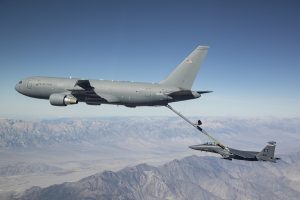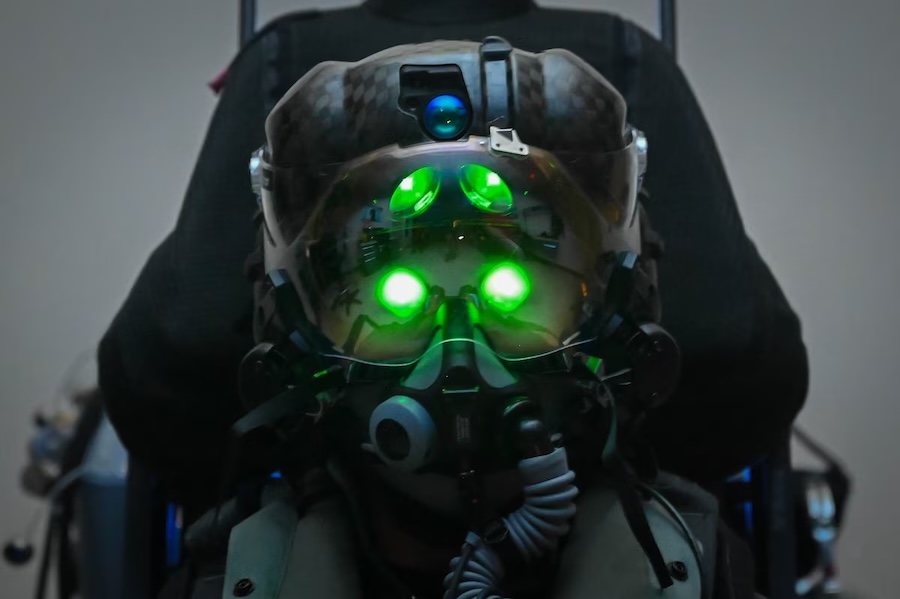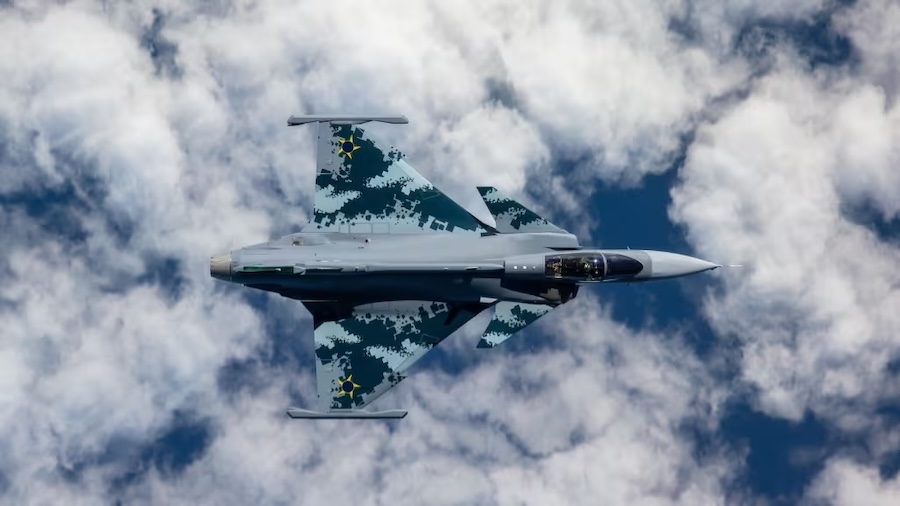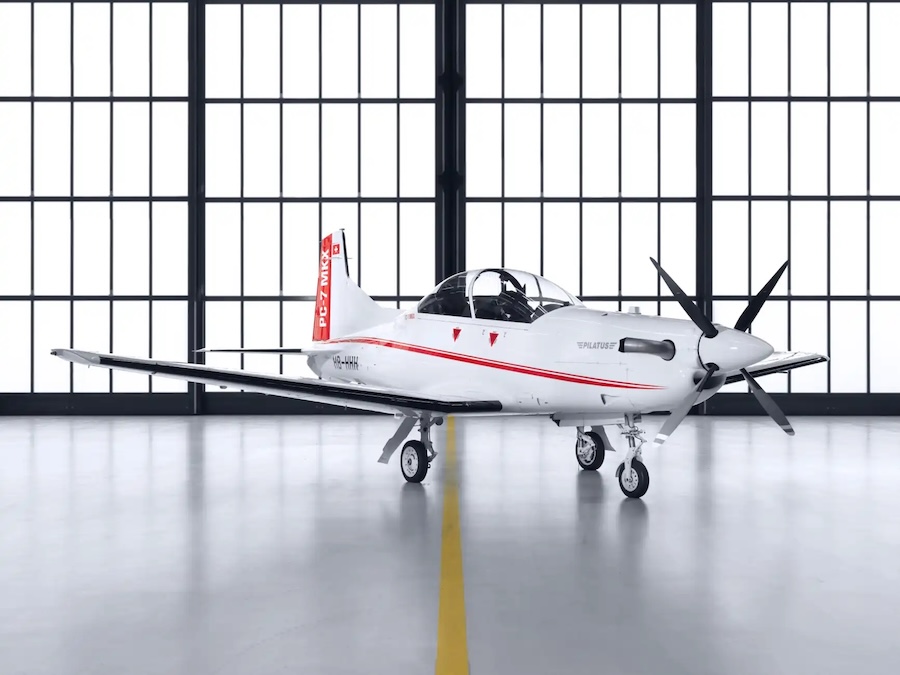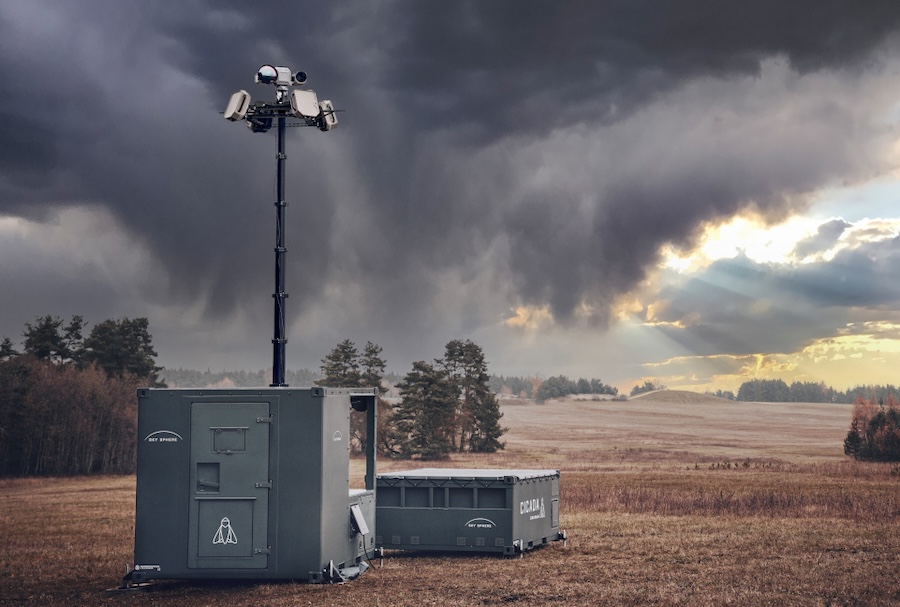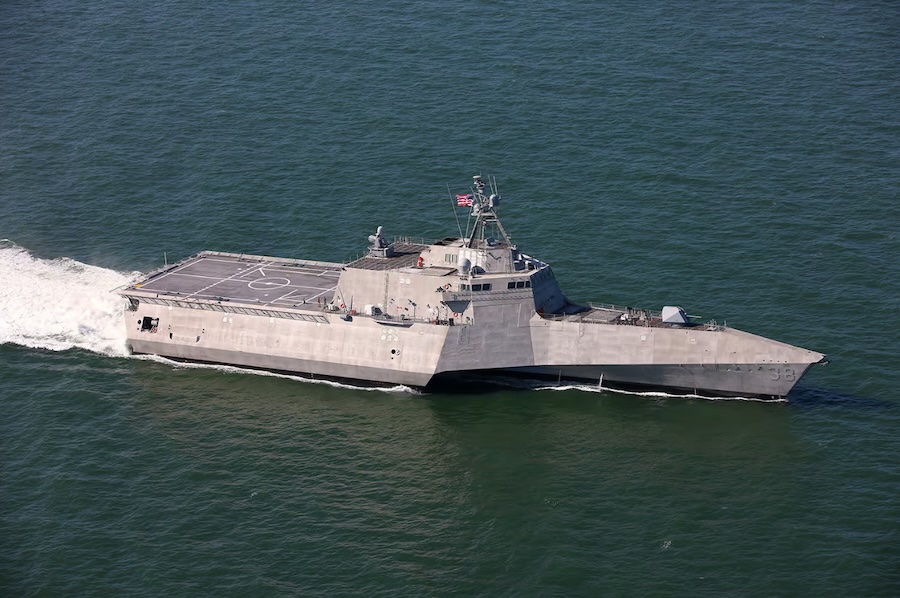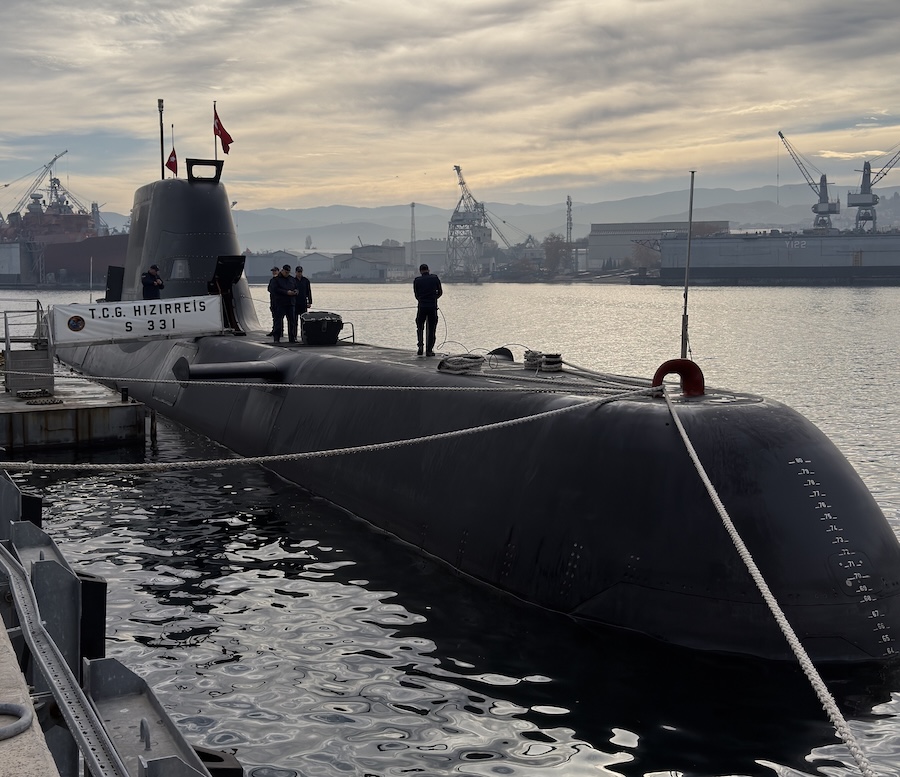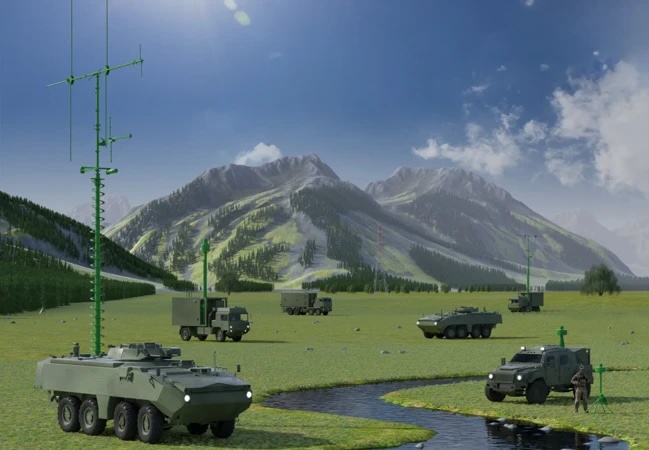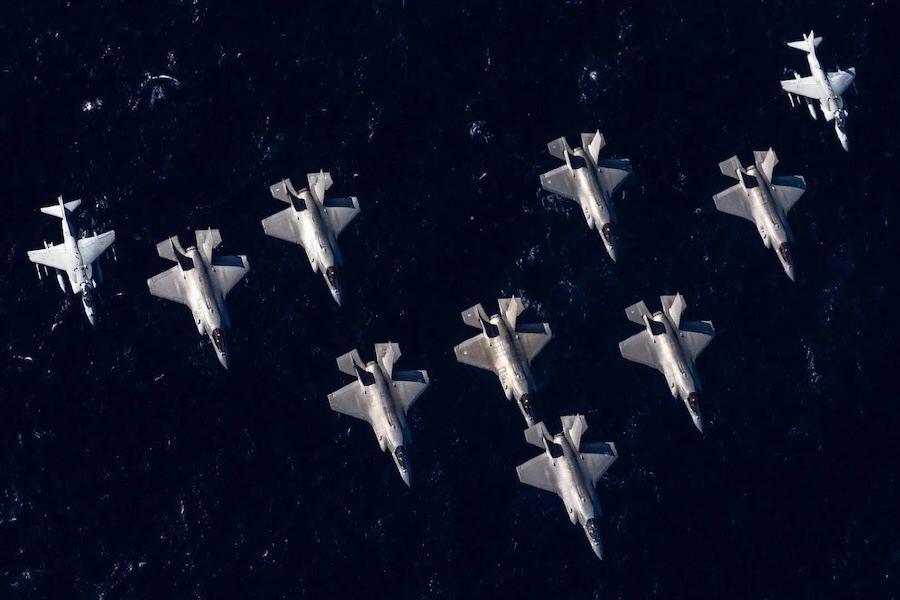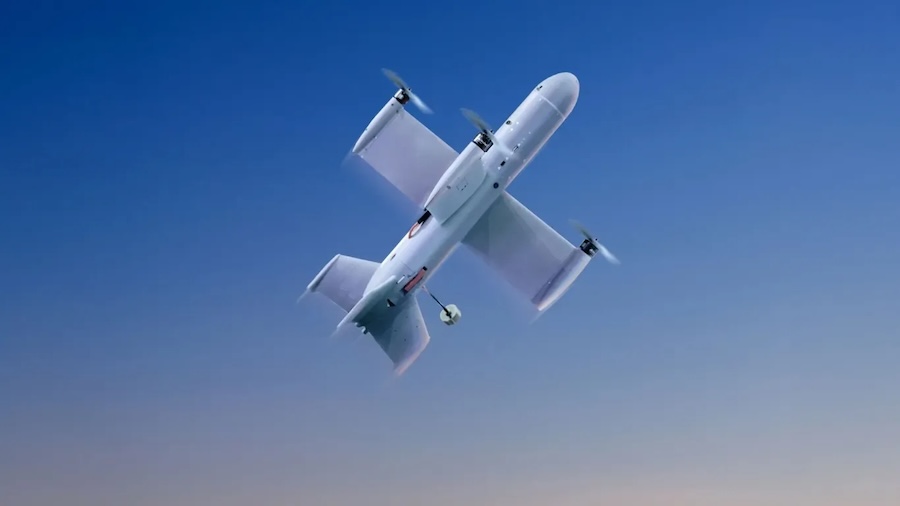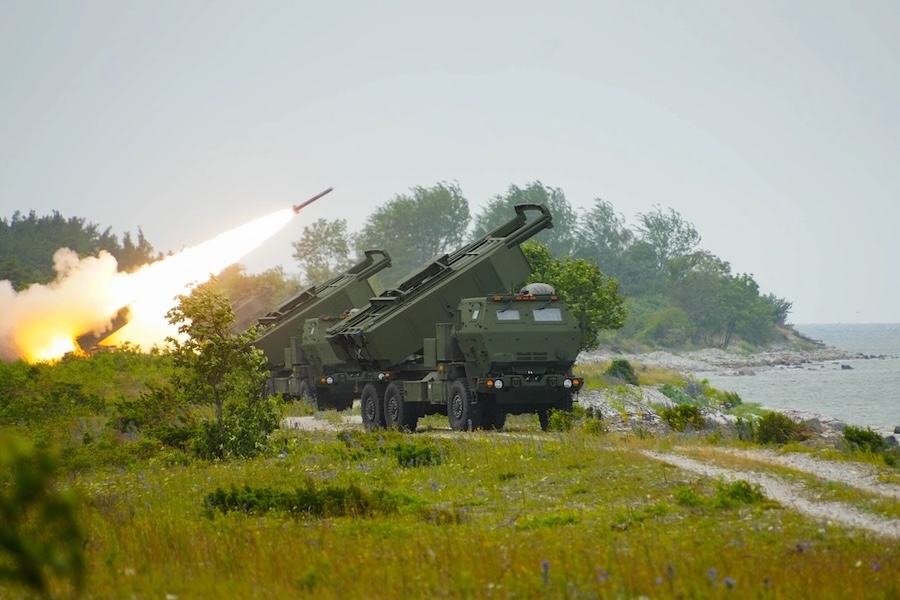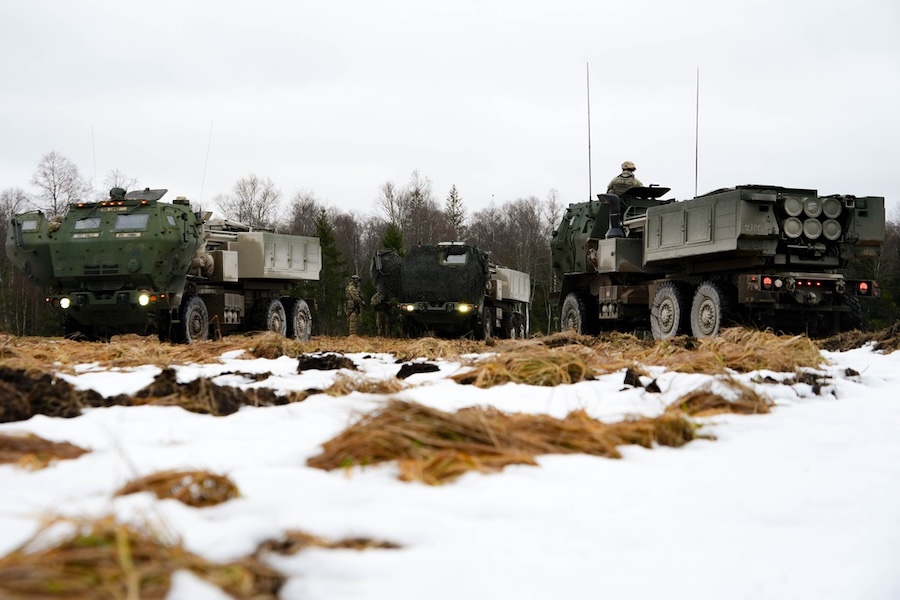Boeing has confirmed that the reusable spaceplane will again test new technologies and expand operational capabilities. “With each successive flight, the X-37B has demonstrated adaptability and flexibility by hosting diverse experiments and pioneering new orbital regimes,” said Michelle Parker, vice president of Boeing Space Mission Systems.
The upcoming OTV-8 mission will carry a service module, enabling greater capacity for experiments and increasing participation from mission partners such as the Air Force Research Laboratory and the Defense Innovation Unit. Among the key payloads are demonstrations of high-bandwidth inter-satellite laser communications and a state-of-the-art quantum inertial sensor.
According to Gen. Chance Saltzman, Chief of Space Operations for the U.S. Space Force, the laser communications test is a significant milestone. “OTV-8’s laser communications demonstration will mark an important step in the U.S. Space Force’s ability to leverage commercial space networks as part of proliferated, diversified and redundant space architectures,” he said.
Also on board is a quantum inertial sensor, designed to enhance navigation and positioning in environments where GPS is unavailable. “OTV 8’s quantum inertial sensor demonstration is a welcome step forward for the operational resilience of Guardians in space,” said Space Delta 9 Commander Col. Ramsey Hom.
Col. Hom further emphasised the importance of the technology, stating, “Whether navigating beyond Earth-based orbits in cis-lunar space or operating in GPS-denied environments, quantum inertial sensing allows for robust navigation capabilities where GPS navigation is not possible.”
Boeing and U.S. Space Force personnel are finalising preparations for launch at Boeing’s facility at Kennedy Space Center in Florida. Since its first flight in April 2010, the X-37B has accumulated over 4,200 days in space, continuing to advance U.S. space capabilities.









